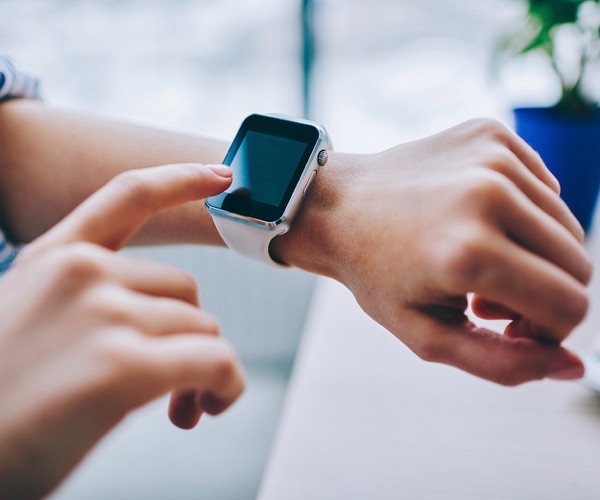Wearables To Reach 125.3M Units By Year End

New data is predicting that global shipments of wearable devices will reach 125.3 million units in 2018, a 8.5 percent increase from the previous year.
According to the International Data Corporation (IDC) Worldwide Quarterly Wearable Device Tracker, the five-year compound annual growth rate (CAGR) is expected to hit 11 percent, with shipments reaching 189.9 million units in 2022.
“The transition from basic wearables to smart wearables will continue over the next five years as the two approach parity in terms of market share by 2022,” Jitesh Ubrani, senior research analyst for IDC’s Mobile Device Trackers, said in a press release. “The rise of smart wearables will not just be in mature markets, but also from emerging markets in Asia/Pacific and elsewhere. Japan will play an equally important role as they consume more than one third of all smart wearables.”
WatchOS is expected to stay in the lead, although its share will fall from 44.4 percent in 2018 to 35.8 percent in 2022. The second largest OS will be Android with 22.4 percent share in 2022, while WearOS will hold a 19.8 percent share in 2022.
In addition, watches are predicted to reach 72.8 million units in 2018, with smartwatches accounting for around two-thirds of the volume. Total watch shipments should reach 120.2 million by 2022, with a CAGR of 13.3 percent.
“Expect smartwatch operating systems to evolve along several vectors in the coming years,” said Ramon T. Llamas, research director for IDC’s Wearables team. “First, smartwatches will focus on convenience by proactively providing glanceable and actionable information to the user. Second, smartwatches will provide new means of communication between users, and this is where cellular connectivity will play a significant role in its development. Third, smartwatch operating systems will emphasize connection, not only between users but between wearers and other smart devices and systems. Finally, expect further developments focusing on health with the smartwatch playing a critical role in tracking your health goals and detecting potential ailments.”